For Tuomas Holmberg, collecting started long before crypto. Trading Pokémon cards as a kid sparked the passion that eventually led to founding Collector Crypt. Today, the platform blends trusted vaulting, NFT minting, and gamified experiences to make physical and digital card collecting safer, more accessible, and more engaging.
In this conversation, Tuom walks us through the lifecycle of a card on Collector Crypt, shares how the CARDS token aligns with community growth, and offers a glimpse into the future of collectibles at the intersection of real-world items and DeFi.
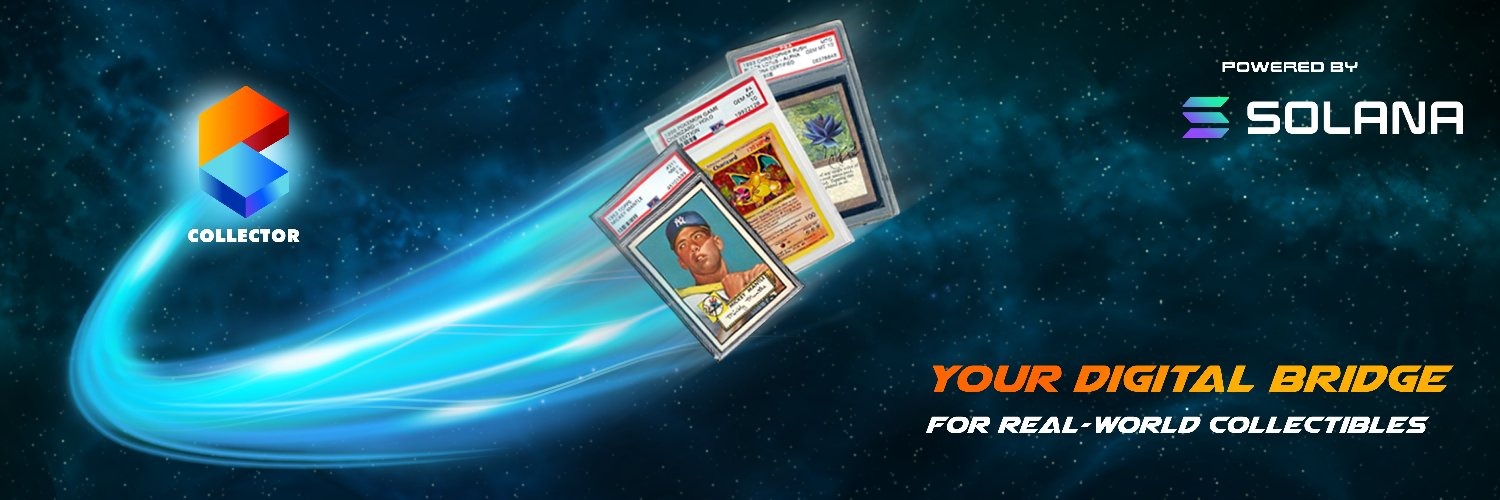
Editor’s note: This transcript has been edited for length and clarity.
OpenSea: Let’s start from the beginning! What sparked the idea of creating an on-chain platform that tokenizes physical Pokémon cards?
Tuomas Holmberg: I’ve been a long-term collector. I started in the early ’90s with Magic: The Gathering, playing tournaments, trading, and building a collection. Like many, I put it aside for college, sold a lot of cards, and later realized how important collecting was to me.
Over the years I watched eBay transform the market and saw my collection grow in value. Eventually, it became a significant part of my net worth, which made me think: What do I actually do with this?
I got into crypto in 2013 and Ethereum around 2016–17. At the time, everyone was talking about putting assets like real estate onchain. But convincing an entire industry to change was unrealistic. Cards, by contrast, are passion-driven, lightly regulated, and perfect for experimentation.
Back then, infrastructure wasn’t ready — wallets were clunky, stablecoins were new, and NFTs lacked standards. By 2020–21, with DeFi summer, the ecosystem matured. That’s when my co-founder Dax and I launched Collector Crypt.
OpenSea: Your background spans biotech, physics, and entrepreneurship. How did those experiences help with Collector Crypt?
Tuomas Holmberg: I’ve always been an entrepreneur. I’ve built software, worked in audio engineering, and even hold patents in loudspeaker design. Later, I worked with UCLA professors on biotech with high medical needs.
I’m not the scientist in the lab — I’m the generalist who helps assemble teams, raise capital, and build companies. That perspective is valuable in crypto because I’ve seen how team dynamics and incentives make or break projects.
Too often, projects chase hype: inflated Twitter numbers, airdrops, token giveaways. They pitch VCs on traction that isn’t real, then collapse because they lack a business model. I’ve seen teams fall apart once money gets thrown in the middle. At Collector Crypt, we’ve tried to avoid those traps by hiring carefully, setting clear expectations, and aligning incentives.

OpenSea: Can you walk us through the life cycle of a card on your platform?
Tuomas Holmberg: Sure. One of our main buyers sources cards weekly — sometimes nearly a million dollars’ worth — from shows. He takes them to PSA Vault in Delaware, where every card is authenticated and scanned. Fakes are destroyed.
We receive detailed metadata: year, grade, front and back images. Our pricing team reviews every card, usually pegged to eBay auction values, sometimes adjusted slightly. After review, cards are minted as NFTs.
Once minted, cards are routed: to the original submitter, to our marketplace, to internal wallets, or into our Gacha vending machine. From there, users buy, sell, or trade.
If someone wants the physical card, they redeem the NFT through a simple checkout process. The NFT is burned, and the card is shipped securely. To date, we’ve shipped over 12,000 cards across 3,000 packages — with no damaged deliveries.
OpenSea: How have different audiences responded?
Tuomas Holmberg: Everyone uses the platform differently.
- Traditional collectors often treat us like escrow: they ship cards to our vault, negotiate trades internationally, and avoid high transaction fees.
- Crypto-native users enjoy the Gacha machine — buying digital packs, pulling random cards, and selling back what they don’t want. It’s gamified but designed to be fair, with transparent odds and real ownership.
- Value-seekers use our USDC-to-eBay auction sniper — the only on-ramp of its kind — to buy cards at 10–15% below market.
We’ve built tools to serve all these groups, encouraging them to explore and use the platform however they like.
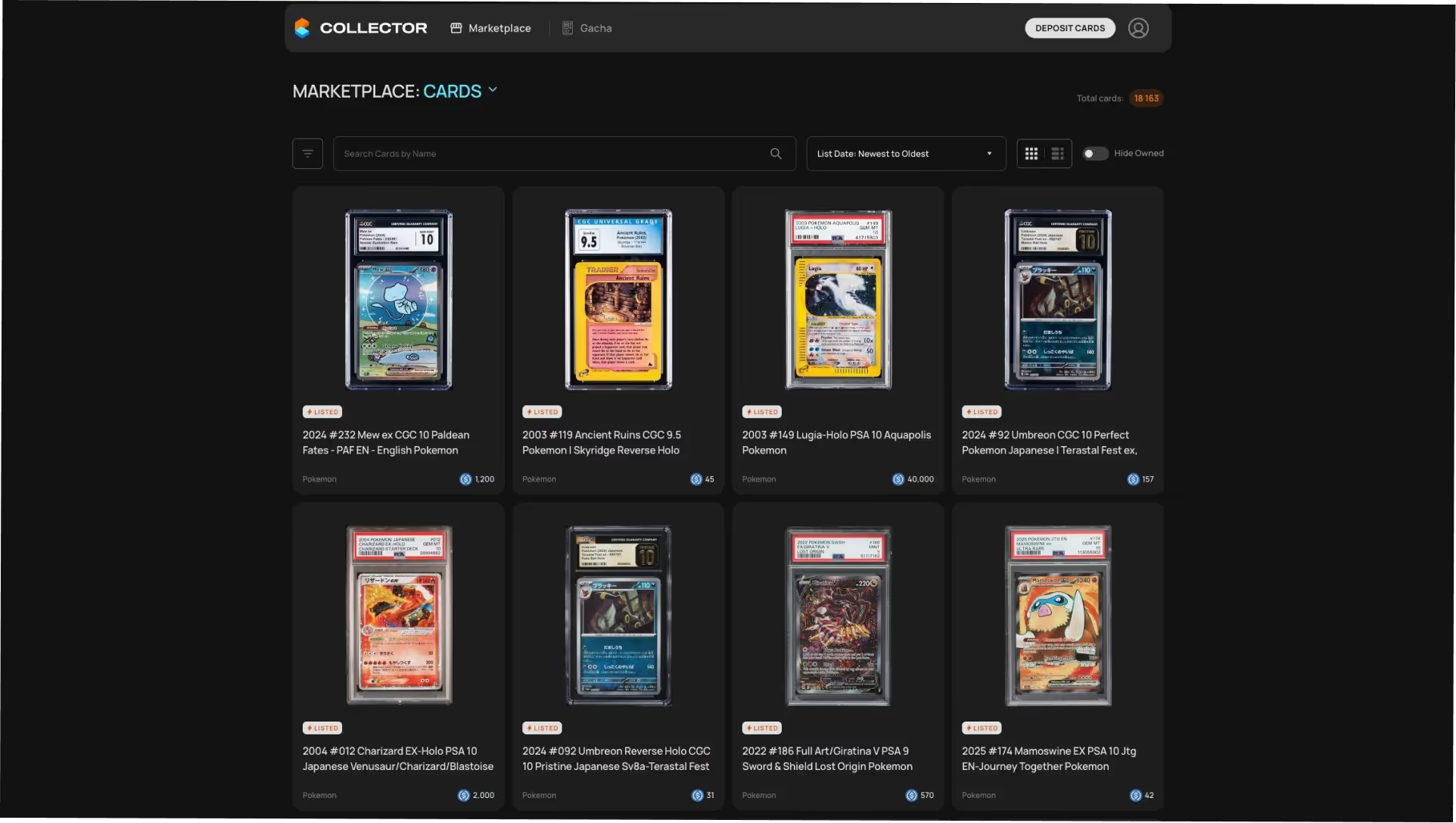
OpenSea: How does the CARDS Token fit into the ecosystem?
Tuomas Holmberg: The CARDS token is designed as a proxy for the trading card economy. We reinvest profits into acquiring cards, which go into the Token Treasury. Over time, the token could track the value of the broader card market.
It also channels revenue streams — discounted buys, marketplace spreads, Gacha buybacks, liquidity pool fees — back into the ecosystem. Unlike other projects, we don’t pocket LP [Liquidity Provider] fees. Everything flows toward strengthening the token.
Our team is incentivized by the token’s success. We take modest profits to sustain ourselves, but otherwise, everything is reinvested.
What surprised me most was how quickly people understood the design. The community speculated on strategies we hadn’t even shared yet — and got it exactly right. That level of alignment gives me confidence.
OpenSea: Do you plan to expand into other collectibles?
Tuomas Holmberg: Yes. We’re launching sports cards soon and already building inventory. We also collaborated with Moonbirds and Orange Cap Games on Solana’s largest-ever physical collectible mint — about $1.7 million in orders.
Because we already ship thousands of packages securely, we can support other IPs by offering onchain minting, marketplace infrastructure, and logistics. Expect to see more partnerships like that.
OpenSea: Where do you see the intersection of collectibles and DeFi going?
Tuomas Holmberg: There’s a whole universe ahead: collateralized lending against cards, automated market makers for card markets, and indices tracking Pokémon or other collectibles.
Right now, our Gacha machine is gamified shopping — but with positive expected value. Longer-term, we expect dashboards, analytics, and financial tools that allow people to treat cards like any other asset class.
OpenSea: Any final thoughts?
Tuomas Holmberg: I’d encourage everyone to come learn, explore, and join our community. Check out our Discord and Twitter, and also the communities of other projects. I don’t even see them as competitors. The overall market is so big that we’re all helping grow it together.
And since you had Beezie on recently: Andrea is amazing. Go check out Beezie as well. The more we can all support each other and provide safe, trustworthy experiences, the better this space will be for everyone.
The views expressed in this interview do not necessarily reflect the views of OpenSea. This content is for informational purposes only and should not be construed as financial or trading advice. References to specific projects, products, services, or tokens do not constitute an endorsement, sponsorship, or recommendation by OpenSea. OpenSea does not guarantee the accuracy or completeness of the information presented, and readers should independently verify any claims made herein before acting on them. Readers are solely responsible for conducting their own due diligence before making any decisions.




.avif)
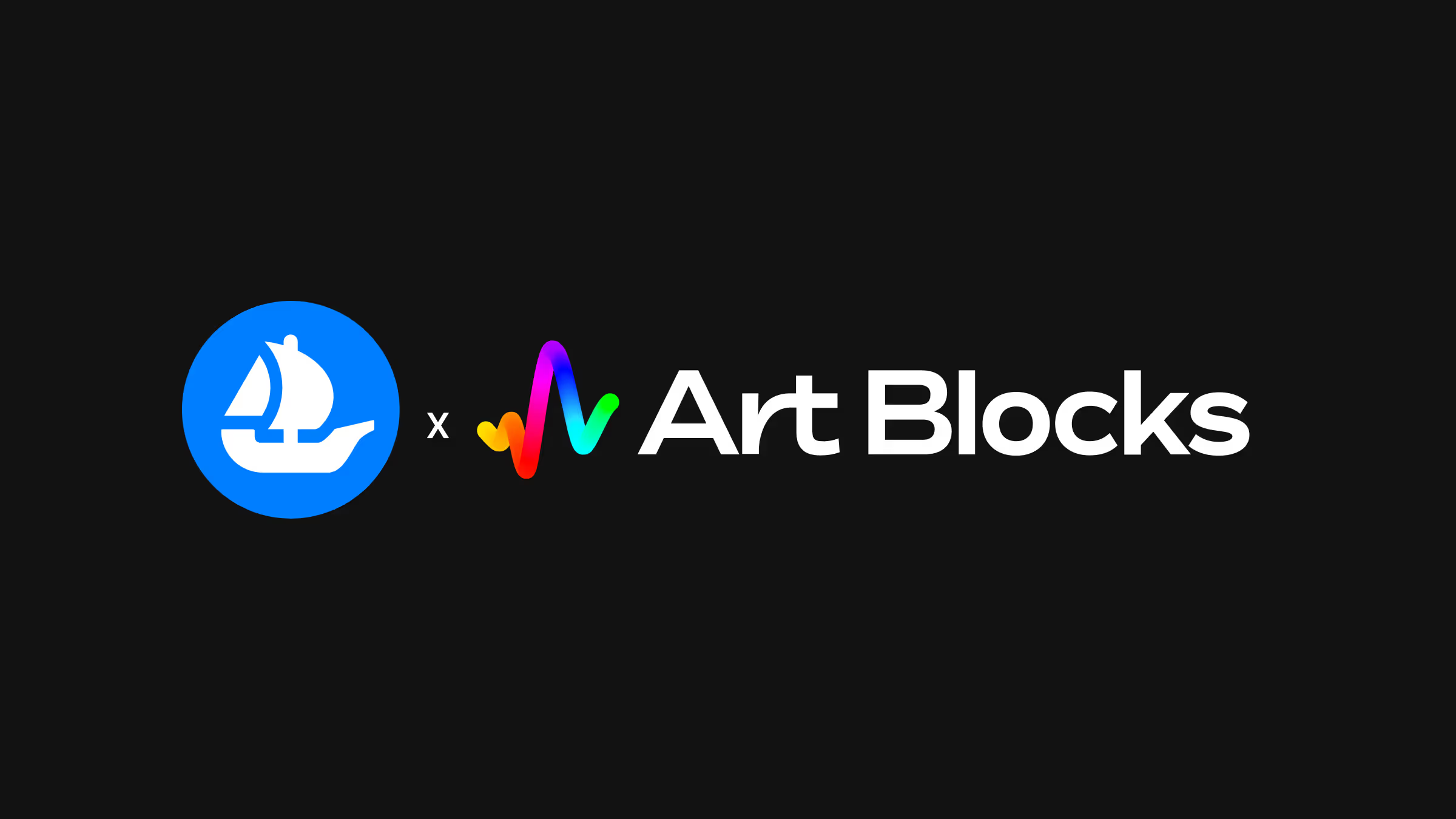
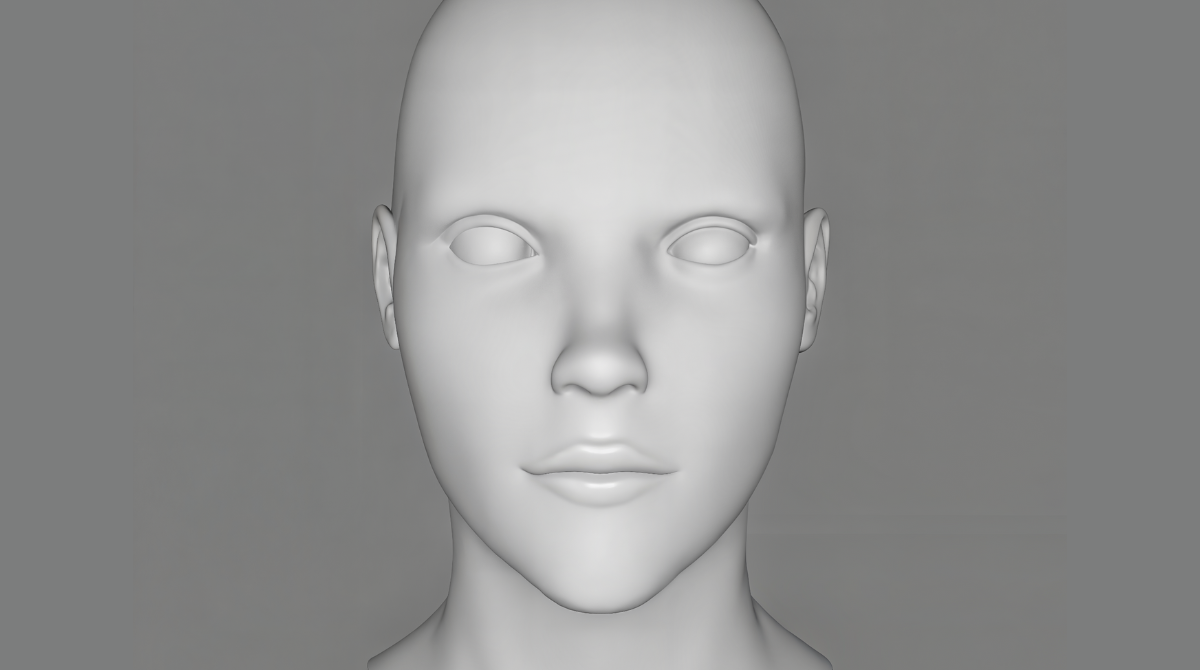

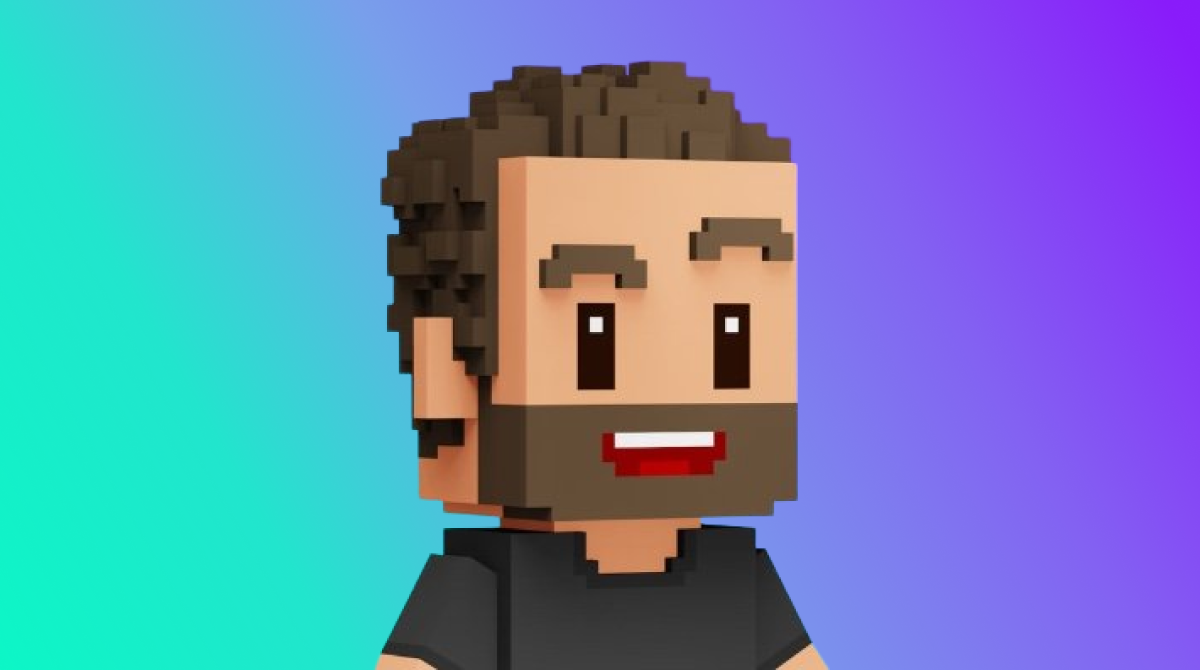
.png)
.png)
.png)
.png)